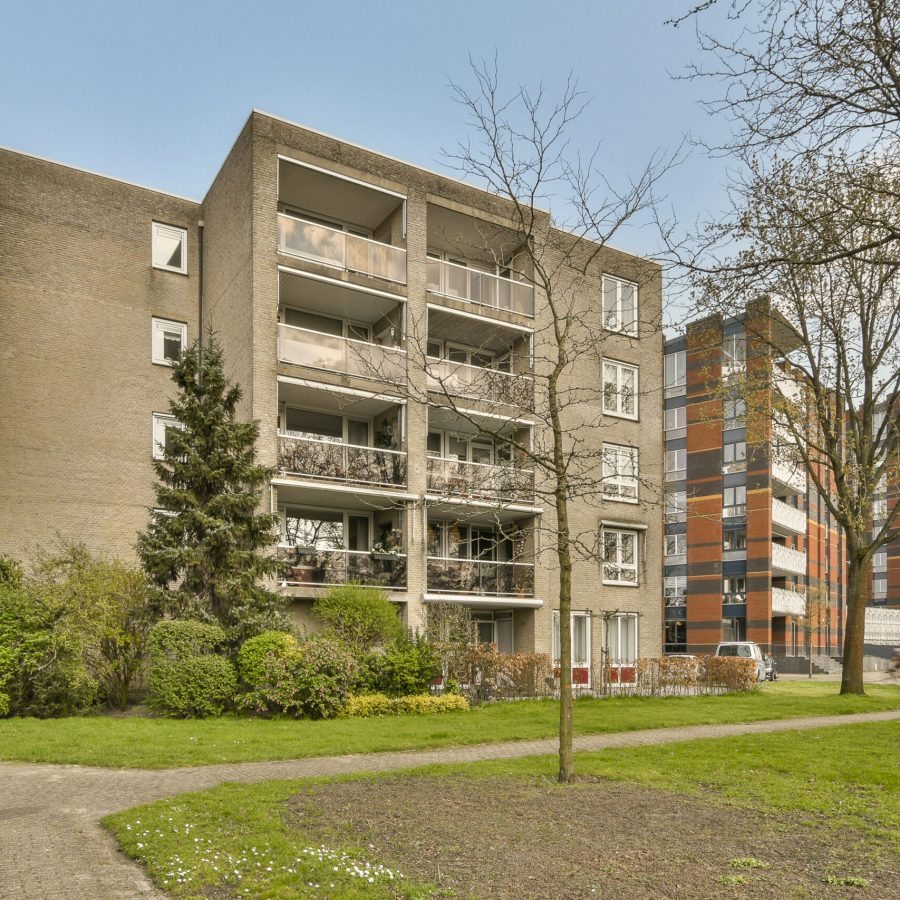Navigating Internal Rate of Return (IRR) in Multifamily Investing
Investing in multifamily properties is a popular avenue for generating passive income and building wealth over time. Whether you are considering investing in a duplex, a small apartment building, or a large residential complex, understanding the metrics to evaluate such an investment’s viability is crucial. One of the most critical yet often misunderstood metrics is the Internal Rate of Return (IRR). This blog post aims to demystify IRR for those new to investing, explore its importance in multifamily investing, compare it with other metrics like Average Annual Return (AAR) and Cash on Cash Return (COC), and delve into factors influencing its fluctuations.

Understanding Internal Rate of Return (IRR)
Simply put, the Internal Rate of Return (IRR) is a financial metric used to estimate the profitability of potential investments. In the context of multifamily investing, IRR is the percentage rate of return expected from the investment over its expected holding period. Unlike more straightforward metrics, IRR takes into account the time value of money, recognizing that a dollar today is worth more than a dollar in the future due to its potential earning capacity.
Calculating IRR
The IRR is the rate that makes the net present value (NPV) of all cash flows (both incoming and outgoing) from a particular investment equal to zero. It’s a calculation that considers all cash inflows (rental income, property sale proceeds) and outflows (initial purchase cost, renovation expenses, ongoing maintenance) over the life of the investment. IRR is expressed as a percentage, giving investors a comprehensive view of the investment’s potential profitability.
Factors Affecting IRR in Multifamily Investing
- Rental Income: The primary source of revenue for multifamily properties. Increases in rental income, either through market appreciation or property improvements, can significantly boost IRR.
- Property Value Appreciation: An increase in the property’s value over time, which can positively affect the IRR, especially when the property is sold.
- Occupancy Rates: Higher occupancy rates lead to more stable income streams, positively impacting IRR.
- Financing Terms: The terms of any loans taken out to purchase the property, including interest rates and loan duration, can affect cash flow and, thus IRR.
- Operating Expenses and Maintenance: Keeping these costs low without sacrificing the quality of the property can improve profitability and IRR.


Why IRR Matters in Multifamily Investing
IRR is a crucial metric for several reasons:
- Comprehensive Evaluation: It provides a complete picture of an investment’s profitability by considering both the timing and the magnitude of cash flows.
- Comparative Analysis: IRR allows investors to compare the profitability of different investment opportunities on a level playing field, regardless of the investment size or the timing of cash flows.
- Decision Making: A high IRR can indicate a potentially profitable investment opportunity, helping investors make informed decisions about where to allocate their resources.
IRR vs. AAR vs. COC
Understanding the differences between IRR, AAR (Average Annual Return), and COC (Cash on Cash Return) is essential for any real estate investor:
- Average Annual Return (AAR): This metric provides a straightforward average of yearly returns from an investment. Unlike IRR, it does not account for the time value of money or the specific timing of cash flows.
- Cash on Cash Return (COC): COC measures the annual return the investor made on the property in relation to the amount of mortgage paid during the same year. It focuses on cash flow rather than overall profitability, offering a snapshot of the investment’s current income-generating performance.
- Internal Rate of Return (IRR): IRR provides a comprehensive and time-sensitive measure of an investment’s profitability, making it one of the most detailed metrics for evaluating investment performance.
Additional Considerations
When considering multifamily investments, it’s also important to evaluate market trends, location desirability, property condition, and potential for rent increases. These factors can significantly impact the investment’s success, affecting both cash flow and the property’s value over time.
Conclusion
The Internal Rate of Return (IRR) is a vital metric for anyone looking to invest in multifamily properties, offering a nuanced view of an investment’s potential profitability. By understanding and comparing IRR with other key metrics like AAR and COC, investors can make more informed decisions, better manage risks, and increase their chances of achieving lucrative returns in the competitive world of real estate investing.







